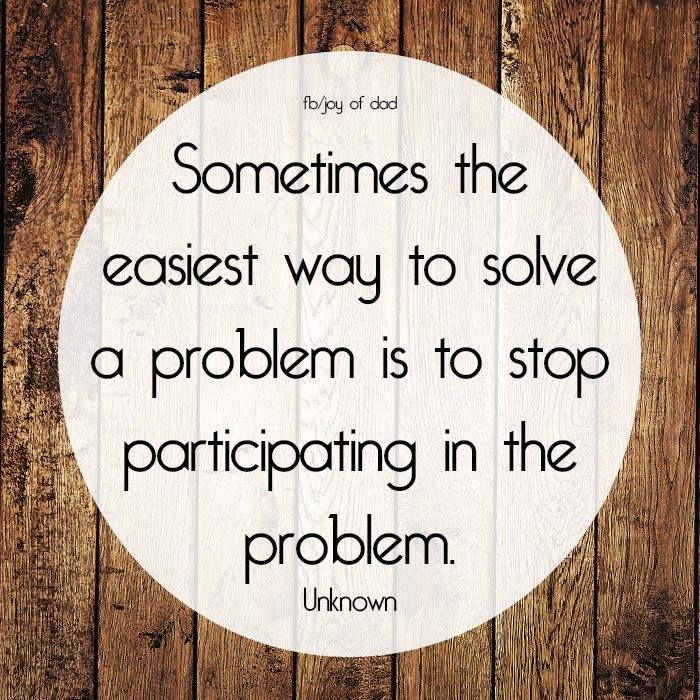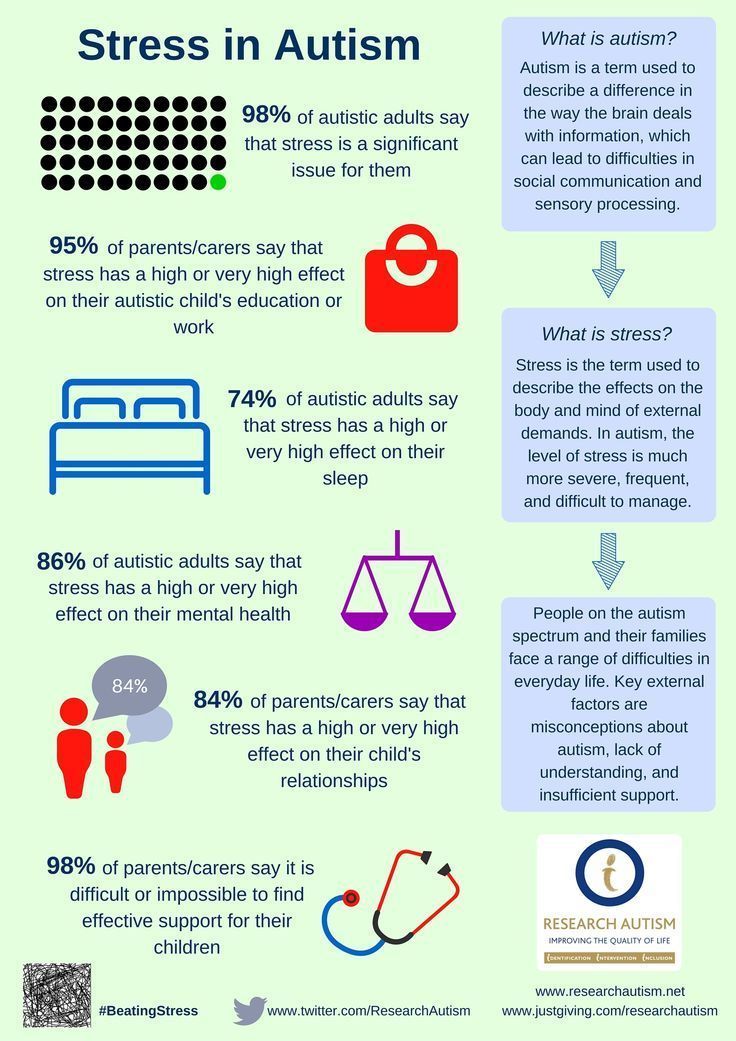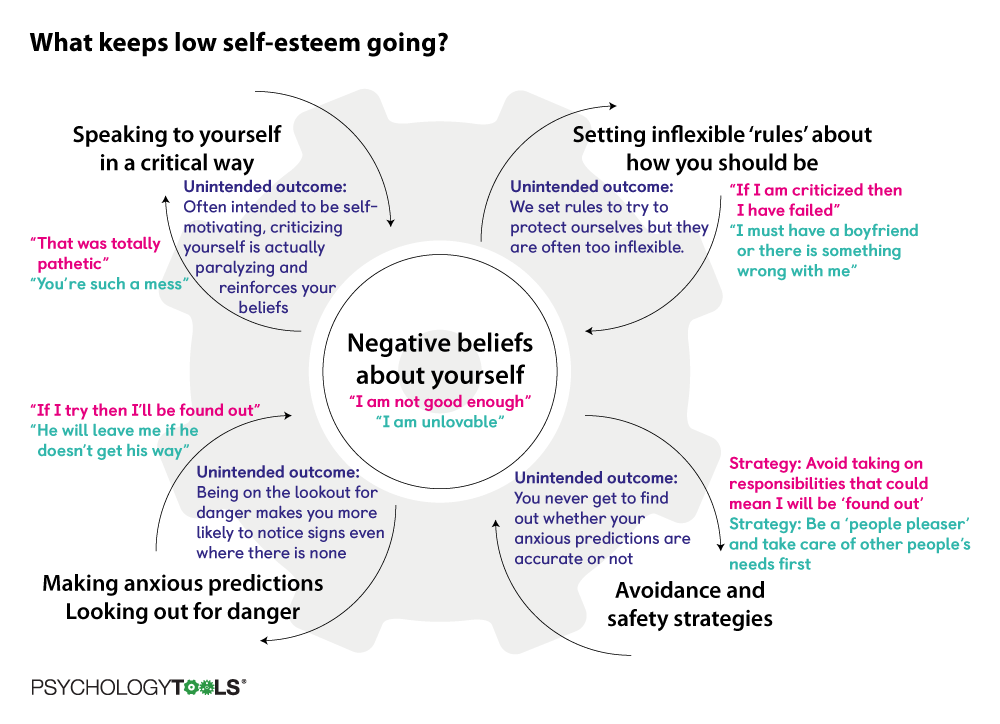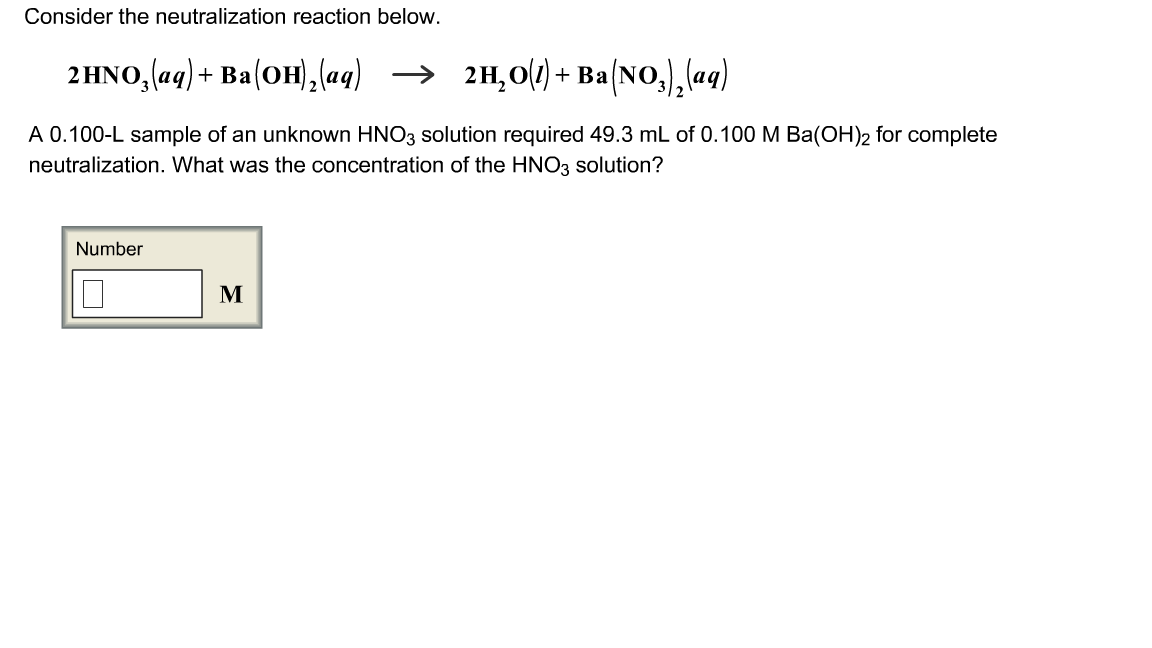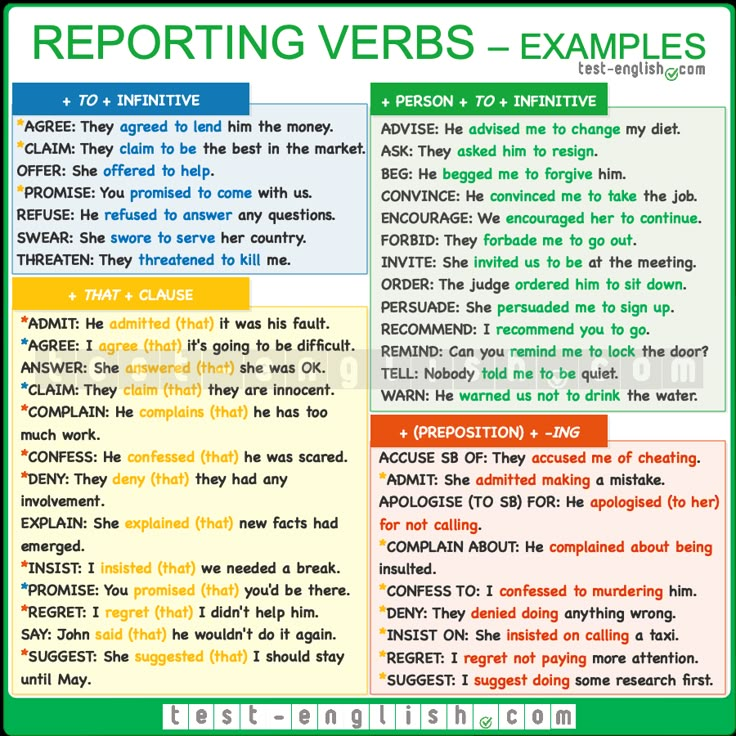We solve your problems an easy way
Dealing With Your Problems: Tips and Tricks
Problem-solving doesn’t have to be stressful. When we create a step-by-step plan, we can gracefully work through even the toughest issues.
Do you have a problem you’d rather not think about? Perhaps you keep moving it to tomorrow’s to-do list. And when tomorrow comes, you do it again – and again.
Before you know it, the problem has become a giant monster that gets more vicious with each passing day. It’s screaming to be solved, but now it’s almost too overwhelming to deal with.
However, tackling a problem doesn’t have to be so stressful. When you have the right tools in your problem-solving toolbox, you can handle most problems with more success and far less stress.
Whether it’s a relationship problem, a financial problem, or a work problem, problems are a regular part of life.
Some problems can feel overwhelmingly complicated. But when you divide problem-solving into actionable steps, it becomes much easier to tackle.
Here are 5 steps for dealing with a problem:
- Identify the problem. In order to find a solution, it can help to identify the root cause of the problem instead of just the symptoms of the issue. To do this, keep asking “why?” until you get to the root. It can also help to journal about how you are feeling and consider where your stress is coming from.
- Brainstorm potential solutions. There may be several solutions to your problem. List the pros and cons of each one. Take your time with this. You may even ask advice from a few friends. This will help you weigh in multiple perspectives.
- Choose the best solution. Consider solution is the most practical, sustainable, and most likely to succeed. Once you’ve chosen a solution, direct your energy into your choice.
- Create a step-by-step plan. Now that you’ve chosen a solution, list out a step-by-step plan to get it done. You can set project goals (e.
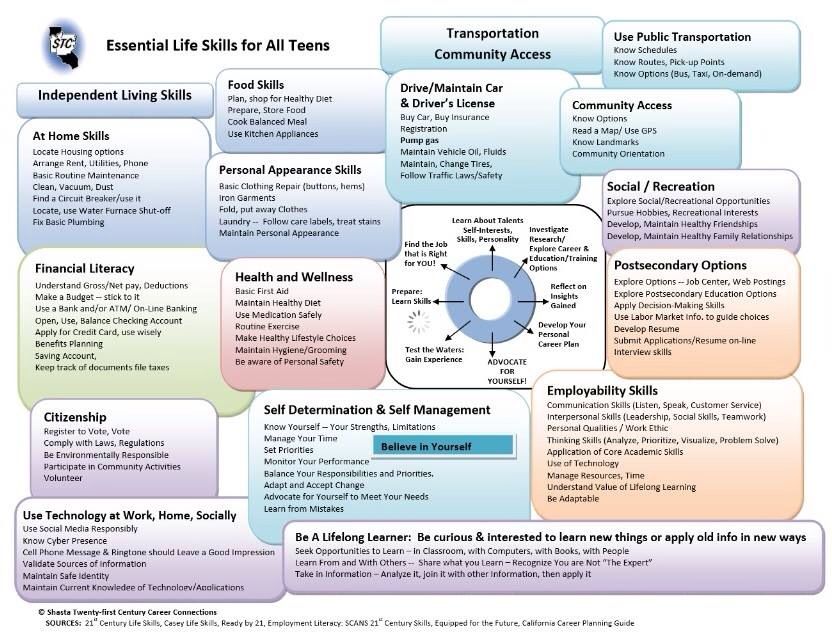 g. do this task and then this task, etc.) or time goals (work on this task for 4 hours). Taking manageable steps is important, because trying to tackle the problem all at once creates mental chaos and anxiety.
g. do this task and then this task, etc.) or time goals (work on this task for 4 hours). Taking manageable steps is important, because trying to tackle the problem all at once creates mental chaos and anxiety. - Don’t procrastinate. Putting the problem off until later can create more anxiety. Procrastination also increases your problems if you’re under a time constraint. For instance, if you have to write a 2,000-word report in a week, don’t wait until the night before to start it.
Below are several tips for better problem-solving.
- Be confident. As best you can, try to be confident that there’s a solution right around the corner (you just have to find it). 2018 research shows that your motivation increases when you’re confident that you will get the desired reward or outcome. Developing this type of positive thinking often first requires building your self-esteem, so that you are confident in your problem-solving abilities.
- Be proactive.
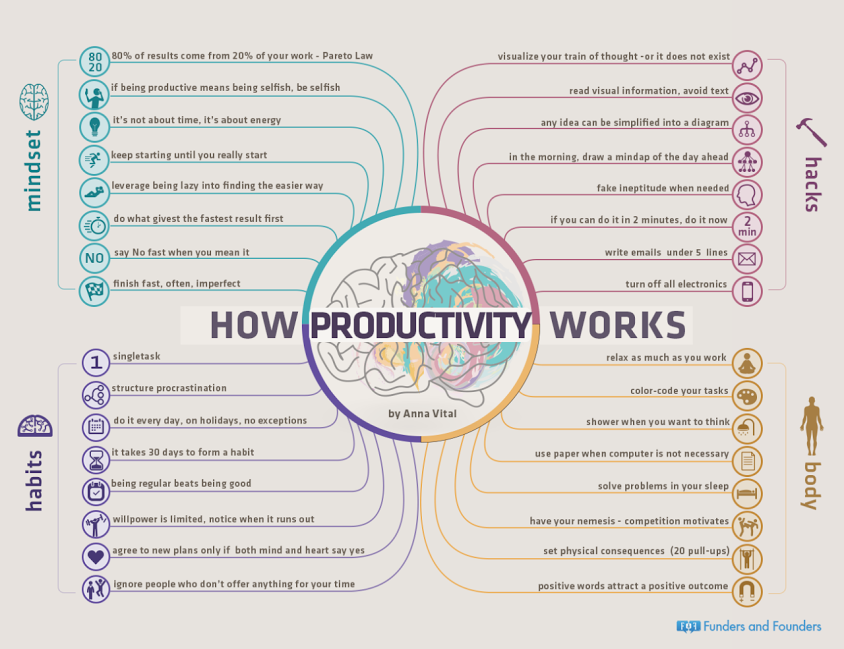 Always think ahead and try to anticipate any potential obstacles. Let’s say that you have a big math exam today and a limited amount of time to take it. Be sure to bring extra pencils in case one breaks.
Always think ahead and try to anticipate any potential obstacles. Let’s say that you have a big math exam today and a limited amount of time to take it. Be sure to bring extra pencils in case one breaks. - Consider it a challenge. See your problem as a challenge rather than an annoyance or a difficulty. This helps put you in the driver’s seat. The ancient Greek philosophy of stoicism tells us to focus on what we can control and to turn every obstacle into an opportunity for growth.
- Ask the experts. A good problem-solver doesn’t always try to figure things out alone. Sometimes you need help and expert advice. For instance, if you’re trying to fix an appliance, call someone you know who’s done it before.
- Don’t complain, just start moving. Complaining uses a lot of energy and makes you feel even worse. Let’s say you have three meetings to attend in one day. Instead of complaining about how much you have to do, start working on a time management solution.

- Take responsibility. Sometimes, our plans fail, and that’s OK. This is a part of life. Successful people get back on their feet and try again. Look for the lessons in each mistake or perceived failure. Be careful not to blame another person, because this makes you feel less in control.
Certain personality traits can also come in handy. Authors of a 2021 study with college students suggest that a few characteristics are helpful toward developing strong problem-solving skills:
- curiosity
- thirst for knowledge
- positive attitude
- action-oriented temperament
Although these traits may come more easily to some, anyone can develop their problem-solving skills with a little practice.
Good problem-solving skills are a necessary and important part of daily life.
In fact, we solve problems every day without thinking much about it. For instance, maybe you’re at work and you suddenly realize there’s a rip in your pants.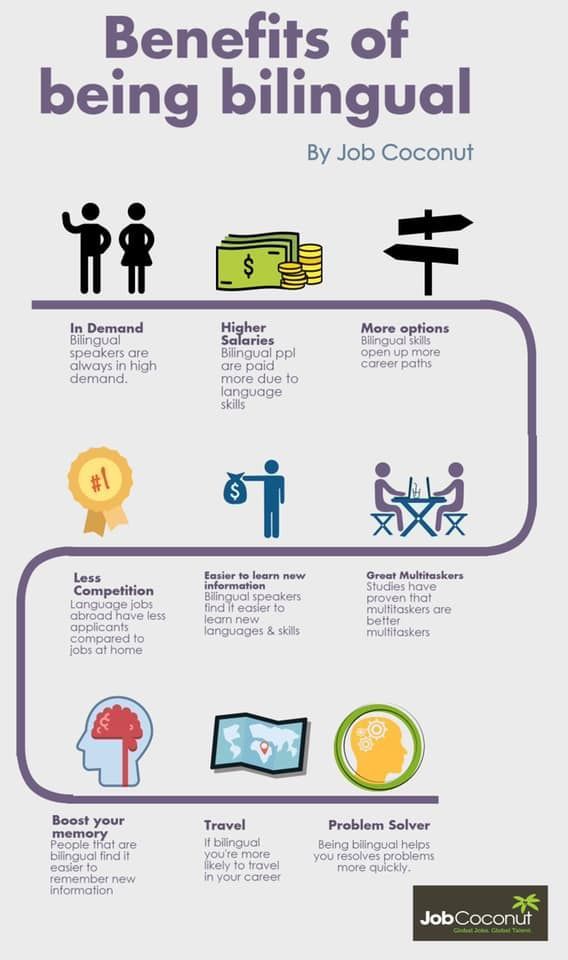 Or maybe you’re a nickel short for the vending machine. What do you do in these situations?
Or maybe you’re a nickel short for the vending machine. What do you do in these situations?
Everyday, we have to handle these little problems with creativity and patience.
When you build up the skills for solving small daily inconveniences, you’re preparing yourself for the times when you encounter a bigger life problem or task. This way, you have the confidence and motivation to work through your stress and grow from a challenging experience.
Problem-solving involves identifying the problem, developing possible solutions, and taking the appropriate course of action.
In many cases, problem-solving can be quite intuitive and not very difficult at all. And the more you practice your problem-solving skills, the more intuitive solutions become.
Steve Jobs, American entrepreneur and CEO of Apple, is quoted as saying, “When you first start off trying to solve a problem, the first solutions you come up with are very complex, and most people stop there. But if you keep going, and live with the problem and peel more layers of the onion off, you can often times arrive at some very elegant and simple solutions.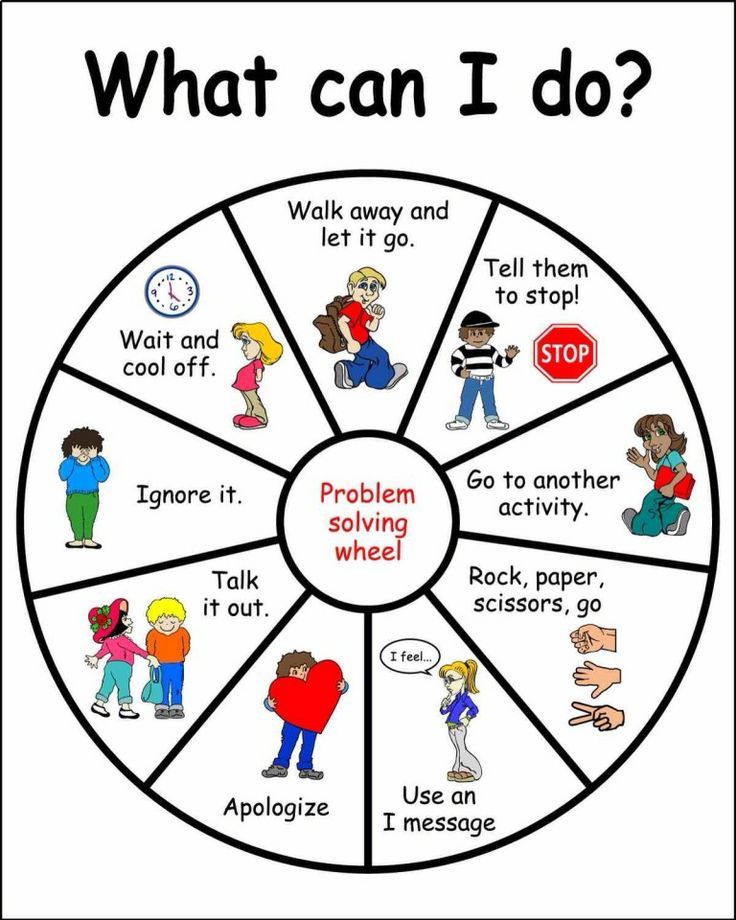 ”
”
The best part is that when you finally overcome a problem, it feels really good!
Dealing With Your Problems: Tips and Tricks
Problem-solving doesn’t have to be stressful. When we create a step-by-step plan, we can gracefully work through even the toughest issues.
Do you have a problem you’d rather not think about? Perhaps you keep moving it to tomorrow’s to-do list. And when tomorrow comes, you do it again – and again.
Before you know it, the problem has become a giant monster that gets more vicious with each passing day. It’s screaming to be solved, but now it’s almost too overwhelming to deal with.
However, tackling a problem doesn’t have to be so stressful. When you have the right tools in your problem-solving toolbox, you can handle most problems with more success and far less stress.
Whether it’s a relationship problem, a financial problem, or a work problem, problems are a regular part of life.
Some problems can feel overwhelmingly complicated.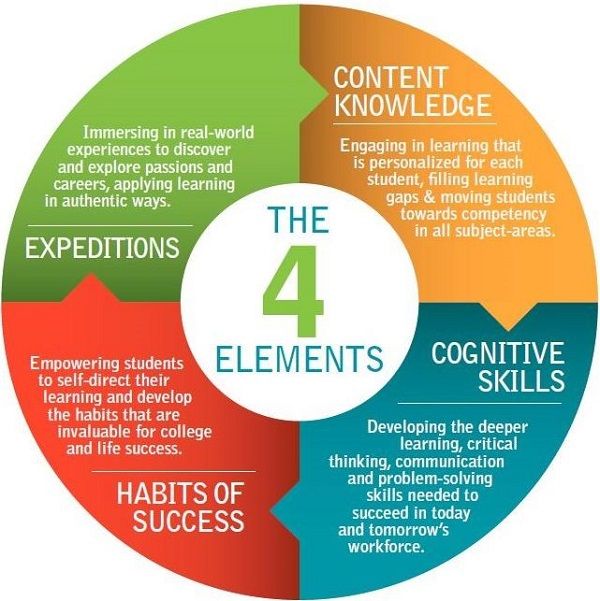 But when you divide problem-solving into actionable steps, it becomes much easier to tackle.
But when you divide problem-solving into actionable steps, it becomes much easier to tackle.
Here are 5 steps for dealing with a problem:
- Identify the problem. In order to find a solution, it can help to identify the root cause of the problem instead of just the symptoms of the issue. To do this, keep asking “why?” until you get to the root. It can also help to journal about how you are feeling and consider where your stress is coming from.
- Brainstorm potential solutions. There may be several solutions to your problem. List the pros and cons of each one. Take your time with this. You may even ask advice from a few friends. This will help you weigh in multiple perspectives.
- Choose the best solution. Consider solution is the most practical, sustainable, and most likely to succeed. Once you’ve chosen a solution, direct your energy into your choice.
- Create a step-by-step plan. Now that you’ve chosen a solution, list out a step-by-step plan to get it done.
 You can set project goals (e.g. do this task and then this task, etc.) or time goals (work on this task for 4 hours). Taking manageable steps is important, because trying to tackle the problem all at once creates mental chaos and anxiety.
You can set project goals (e.g. do this task and then this task, etc.) or time goals (work on this task for 4 hours). Taking manageable steps is important, because trying to tackle the problem all at once creates mental chaos and anxiety. - Don’t procrastinate. Putting the problem off until later can create more anxiety. Procrastination also increases your problems if you’re under a time constraint. For instance, if you have to write a 2,000-word report in a week, don’t wait until the night before to start it.
Below are several tips for better problem-solving.
- Be confident. As best you can, try to be confident that there’s a solution right around the corner (you just have to find it). 2018 research shows that your motivation increases when you’re confident that you will get the desired reward or outcome. Developing this type of positive thinking often first requires building your self-esteem, so that you are confident in your problem-solving abilities.

- Be proactive. Always think ahead and try to anticipate any potential obstacles. Let’s say that you have a big math exam today and a limited amount of time to take it. Be sure to bring extra pencils in case one breaks.
- Consider it a challenge. See your problem as a challenge rather than an annoyance or a difficulty. This helps put you in the driver’s seat. The ancient Greek philosophy of stoicism tells us to focus on what we can control and to turn every obstacle into an opportunity for growth.
- Ask the experts. A good problem-solver doesn’t always try to figure things out alone. Sometimes you need help and expert advice. For instance, if you’re trying to fix an appliance, call someone you know who’s done it before.
- Don’t complain, just start moving. Complaining uses a lot of energy and makes you feel even worse. Let’s say you have three meetings to attend in one day. Instead of complaining about how much you have to do, start working on a time management solution.

- Take responsibility. Sometimes, our plans fail, and that’s OK. This is a part of life. Successful people get back on their feet and try again. Look for the lessons in each mistake or perceived failure. Be careful not to blame another person, because this makes you feel less in control.
Certain personality traits can also come in handy. Authors of a 2021 study with college students suggest that a few characteristics are helpful toward developing strong problem-solving skills:
- curiosity
- thirst for knowledge
- positive attitude
- action-oriented temperament
Although these traits may come more easily to some, anyone can develop their problem-solving skills with a little practice.
Good problem-solving skills are a necessary and important part of daily life.
In fact, we solve problems every day without thinking much about it. For instance, maybe you’re at work and you suddenly realize there’s a rip in your pants. Or maybe you’re a nickel short for the vending machine. What do you do in these situations?
Or maybe you’re a nickel short for the vending machine. What do you do in these situations?
Everyday, we have to handle these little problems with creativity and patience.
When you build up the skills for solving small daily inconveniences, you’re preparing yourself for the times when you encounter a bigger life problem or task. This way, you have the confidence and motivation to work through your stress and grow from a challenging experience.
Problem-solving involves identifying the problem, developing possible solutions, and taking the appropriate course of action.
In many cases, problem-solving can be quite intuitive and not very difficult at all. And the more you practice your problem-solving skills, the more intuitive solutions become.
Steve Jobs, American entrepreneur and CEO of Apple, is quoted as saying, “When you first start off trying to solve a problem, the first solutions you come up with are very complex, and most people stop there. But if you keep going, and live with the problem and peel more layers of the onion off, you can often times arrive at some very elegant and simple solutions.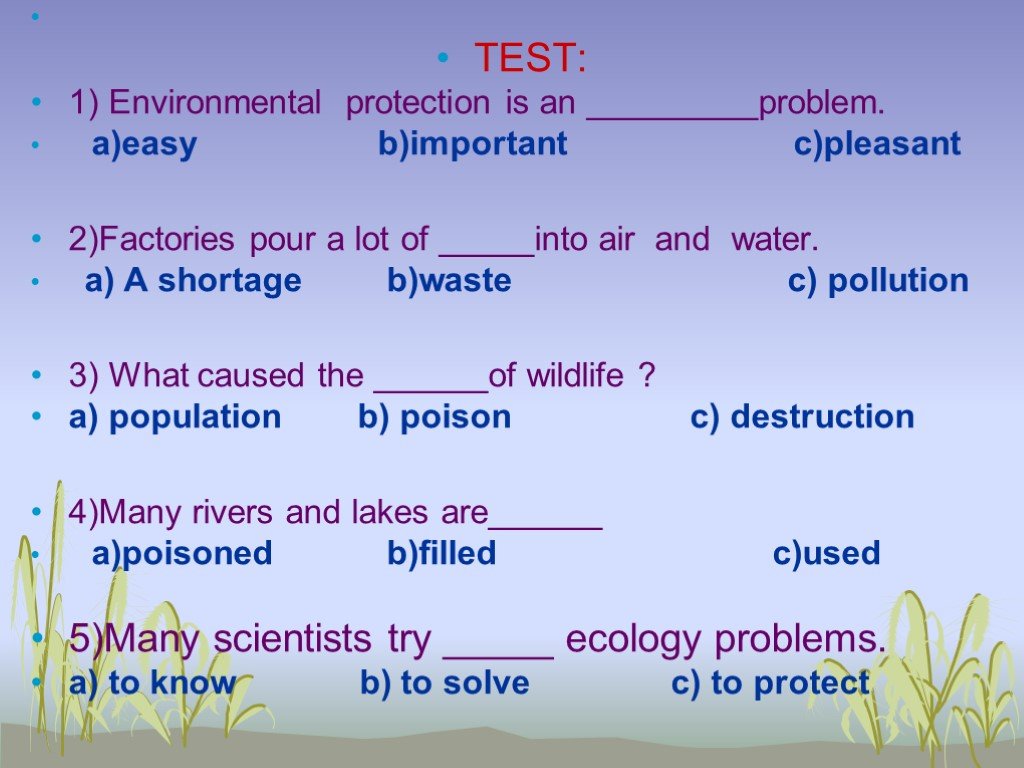 ”
”
The best part is that when you finally overcome a problem, it feels really good!
PSDM technique: how to solve complex problems and make the right decisions
Problem solving is the main competence of the person of the future. Leadership development expert Pavel Merinov told what are complex problems, how to make decisions and why feedback is an important part of solving a problem
innovation. Associate Professor at the National Research University Higher School of Economics, lecturer at the School of Critical Thinking. Representative of Hogan Assessment Systems (Hogan/ASI) and Development Dimensions International (DDI). nine0003 Every day we make hundreds of decisions that affect our lives: according to various estimates, only regarding food, their number reaches 225 per day. Decisions are often unsuccessful, we have to work with their consequences and make new decisions. According to Rosstat data for 2019, in Russia there were 653 divorces per 1,000 marriages, and over the past 15 years, the tattoo reduction industry has grown by 440%. Inefficient, inappropriate, unreasonable decisions in business and management are no less common than in everyday situations. Five years ago, the World Economic Forum in Davos predicted which competencies will define the professional of the future in 2020. Now this future has already arrived. Decision-making competencies remain in the top 10 most important skills, with complex problem solving taking the lead. nine0003 2016 prediction of the most in-demand skills of the future in 2020 (Photo: World Economic Forum) Problem solving and decision making are often confused or used interchangeably. It is correct to separate them, while considering them in the same “family” of RPR competencies (PSDM) - Problem Solving & Decision Making. PSDM is usually referred to as: Most of the companies I consult add at least two or three skills from this list to corporate competency models or job reference profiles. At the same time, the higher the managerial position, the more serious the requirements of business and the changing landscape to the level of these competencies. There are two pieces of news here: good and not so good. nine0003 The good news is that the scientific community has been studying PSDM from different angles for a long time. For example, Ariel Rubinstein developed Herbert Simon's concept of our bounded rationality and considered our decisions in terms of institutional economics and game theory. Cognitive psychologists Daniel Kahneman, winner of the 2002 Nobel Prize in Economics, and Amos Tversky described how we look for "shortcuts" to solve complex problems, but fall into traps and biases. Not very good news. Neither the research nor the business community has yet decided what exactly to consider a solution: views on the nature of solutions are different, but there is no single definition. American psychologist and professor Joy Paul Gilford created the concept of multidimensional intelligence - a model of thinking based on specific mathematical measurements that he made. Guilford proposed solving problems by alternating "divergent" (divergent) and "convergent" (converging) thinking. That is, focus on goals that help solve the problem at this stage: create options for choice or make this choice. nine0003 It is this concept, visually shown in the form of a “double diamond”, that is firmly rooted in approaches to innovation process management and design thinking. Visually Guilford's concept of alternating "modes of thought" can be depicted as a diamond. It clearly shows how to solve problems effectively Now we can give definitions: Problem solving is a sequential creative-analytical process. We analyze the situation, look for the causes of the problem, formulate it and come up with solutions. nine0003 Decision making is the choice we make in the process, preferring something and giving up something at each of the key stages. We choose the factors that we consider significant and which are not, set priorities, make plans. It turns out that decision-making is part of solving complex problems. The better we can identify and solve problems, choose and make decisions, the better we will be able to cope with change. For example, develop new products, hold strategy sessions, and manage innovation. nine0003 Look at two problems. Think about how you would solve them and how they differ. Problem 1. Mother instructed her son to bring home exactly 7 liters of water from the river. She gave him two jugs with a capacity of 3 and 5 liters. How can a boy measure exactly 7 liters of water using only these two jugs? Problem 2. Imagine that regular private flights to the Earth's orbit became possible and comparable in cost to the average trip to another country. Think about what the representatives of the tourism industry on Earth should do? Write down the thoughts that come to mind. nine0003 The first task is the “problem”. It has a specific correct answer, which can be arrived at through a series of calculations. This is an excerpt from Terman's classic 1916 Stanford Test of Intelligence. The correct and quick solution of such problems shows high scores in tests of cognitive abilities and has been hotly debated in the professional research community for more than 100 years. However, even in spite of high cognitive abilities, people tend to fall into mental traps, make decisions based on erroneous assumptions and rely on stereotypes. The second task is a complex "problem". She does not have a single correct solution. There are a large number of factors to consider and conditions that will shape different scenarios; in this case, the emotional background of the decider will play a significant role. In managerial practice, managers have all the data they need to make decisions and solve problems. According to a Harvard study, 68% of executives are confident in the accuracy of most of the data that underpins their business decisions. That is, cognitive abilities provide the ability to solve problems, but the quality of solutions does not come from them. nine0003 We live in a VUCA world, a world of accelerating change in which companies and entire industries are transforming faster than ever before. For example, General Motors CEO Mary Barra believes that the automotive industry will change more in the next five to ten years than in the previous 50 years. Psychotherapist Andrei Kurpatov on how to help the brain learn and make decisions A person's personal characteristics can predict how he will solve problems and make decisions. For example, extraversion is negatively associated with the quality of decisions, but positively affects their implementation in practice. High impulsiveness is associated with erroneous decisions, a tendency to risky and thoughtless behavior, although it is often hidden behind the screen "you must be able to think on the go." nine0003 The specialist manages himself and the tasks he deals with. The higher he climbs the organizational hierarchy, the more complex tasks he encounters and the more important the developed skills of solving complex problems are. Leadership and strategic competencies are becoming more important than substantive ones. That is why, when studying RPR, we need an integrated approach that is not limited only to the cognitive aspect - what a person is able to do, but includes an assessment of personal characteristics - what a person is prone to and a behavioral aspect - what a person can do in practice. To solve problems with greater satisfaction from the result, you need to go beyond the cognitive aspect. Dr. Robert Hogan suggests considering our reactions to bad decisions, collecting feedback, being open to further development, and receptive to coaching (coachability). nine0003 By bringing together research on ability, personality, creative problem solving, and organizational effectiveness, we can "assemble" a single process for solving complex problems. The Process of Solving Complex Problems Solving complex problems is dealing with uncertainty without a single correct answer. To develop a skill, you need to practice, separate the stages of problem solving and ask the right questions. Clear separation of problem solving steps will help you focus on the essentials, save energy and resources, and manage problem solving like a project. At the same time, you need to ask the right questions at each stage. Timely questions will increase the accuracy of your own judgments, help develop your own and employees' thinking. Here are the questions for each stage: Difficult situation Solving the right problem The correct solution to the problem Reaction to the wrong decision If we want to maximize our abilities, use inclinations and improve skills, the ability to analyze, and synthesize, and generate, and choose, and work with feedback must be included in the general framework of the RDP. 1. Identify the problem to be solved. Think: 2. Start from the end. nine0006 Before collecting information, think about what you will do after the problem is solved. This will help focus efforts and reduce the cost of pre-analysis and idea generation. If the answer is “nothing”, then perhaps this problem does not need to be solved in principle. 3. 4. Saturate your "background knowledge" of the context. Stay up-to-date with your industry by regularly reading industry publications, reviews and discussions. nine0003 5. Share experiences with colleagues. Discuss problem solving approaches with your team, colleagues in the company, industry, or profession. 6. Look for interesting approaches in other areas. Collect problem-solving metaphors and analogies from other professions. 7. Visualize your ideas. Sloppy hand-drawn squiggles on a piece of paper or elegant graphs in Excel: a visual representation of the situation, problems and possible solutions will add clarity and develop abstract thinking. nine0003 8. Research different sources. Get to know different problem solving models, but most importantly, set yourself challenges for experimentation. 9. Watch professional analysts. Ask analysts to describe key milestones in their work. Record for yourself exactly how they approach data collection, processing, analysis and interpretation of data. 10. Participate in brainstorming sessions. Join and initiate ideas, but make sure the discussion is based on a real problem. 11. Look for opportunities to apply skills: 12. Ask for feedback. Ask the people you work with for feedback: More information and news about education trends in our Telegram channel. Subscribe. One of the most sought-after competencies of a top manager is “comprehensive solution of complex problems”. I will give an algorithm that will help you find the best way to solve a problem without grabbing the first one that comes to mind. nine0269 Some researchers separate the term "complex problem solving" from the other - "decision making", implying that there is some semantic difference between them. Of course, some mechanisms of both competencies are different, but they have a common foundation. Therefore, I deliberately equate "problem solving" and "decision making", using the simple principle: "The right decisions eliminate problems." What are problems? And why is it so important to work with them correctly? nine0003 By a problem, I mean some kind of difficulty that prevents you from getting what you want. I love the phrase: "If you can't change the situation, change your attitude towards it." It perfectly describes what to do if we cannot solve the problem. Some problems have no solution at all. Therefore, we simply ignore them, because life is one, and time is limited. But the concept of problem solving still implies the search for the best solution to the problem. I propose an algorithm for solving problems, consisting of five logical steps. State the problem or problem clearly and competently. Therefore, the more concretely you formulate a problem, the easier it will be to find a solution. Answer articulately to yourself the question: “What is the problem itself?” Maybe she doesn't exist at all. Or maybe everyone interprets and interprets it differently. It is impossible to solve all problems en masse and at once. Therefore, in the theory of problem solving there is a key rule: "Solve problems as they come." On the other hand, remember that there are no isolated or standalone problems. All of them are interconnected and often have the same causes. nine0003 Collect all information about the current situation. Analyze your problem. Break it down into its component parts. In most cases, it is the unknown information that is the key. And until you identify it, you can not proceed to the search for solutions. This principle can be formulated as follows: "It is more important not what we know about the problem, but what we do not know about it." In business, I often see how people solve problems that are not worth solving, lose sight of burning and fundamentally important problems, spraying their attention on trifles. Therefore, I recommend using the classic technique called the Eisenhower matrix. It's very popular in time management, but it can easily be used to prioritize issues over tasks. Problems in each of the quadrants: It is easy to guess that the first thing to do is to solve the problems that fell into the first quadrant. Then - in the second and, finally, in the third. But it’s better to get rid of “unimportant and non-urgent” altogether, because they are not worth the time and effort. nine0003 If you find that the problem is a priority and needs to be addressed immediately, move on to develop options for action. It's not for nothing that I write "options" and not "options". Even if the solution to the problem lies on the surface, it is necessary to consider several possible alternatives. Often obvious solutions are fraught with danger. Generate as many options as possible. Dig as deep as possible. Look at the problem as broadly and openly as possible: “Maybe it’s worth looking at the situation from a different point of view?”. Solving many problems "on the machine", we become hostages of numerous cognitive distortions and step on the same rake. Carefully analyze each of the course of action, choosing the safest, best and most effective. To do this, compare all options. Think about the consequences of these actions? What risks and threats can they bear? Of course, any prediction is inaccurate. However, in most cases it helps to avoid obvious errors. Refer not only to your own experience, but also to someone else's. I like to say: "Fools learn from their mistakes, and smart ones learn from others. Classical technology - SWOT-analysis will help you. The method is simple and effective. As you analyze each solution to a problem, ask yourself four questions in sequence: After evaluating all the ideas, choose the best one. Don't always trust your intuition. Often we like a certain path, but its choice is absolutely not justified. Do not point your finger at the sky, hoping for chance or luck. Visualize and systematize all possible options. Use tables to compare their effectiveness. Any visualization (stickers on the wall, flowcharts, tree systems, mind-mapping, etc.) puts everything on the shelves and helps to “see” the optimal solution. nine0003 Once a solution is chosen, start planning rationally and meticulously. For most really big problems, there are no final solutions. Humanity will forever struggle with hunger and disease, injustice and abuse of power, natural disasters and military conflicts. Every time, look for the most up-to-date and most optimal solution, taking into account all the circumstances. Every time you find a solution, don't forget your past experience. Understanding Decision Making and Problem Solving
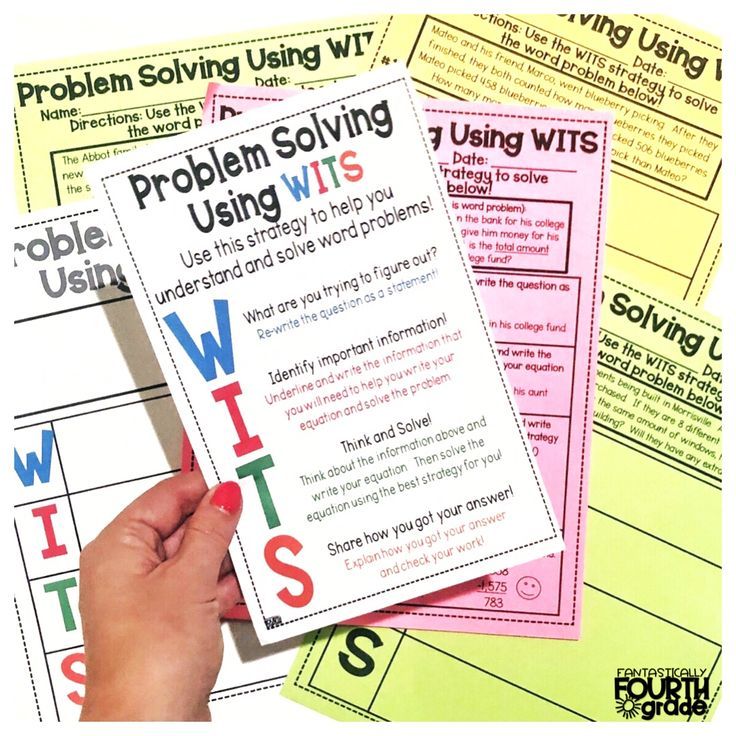
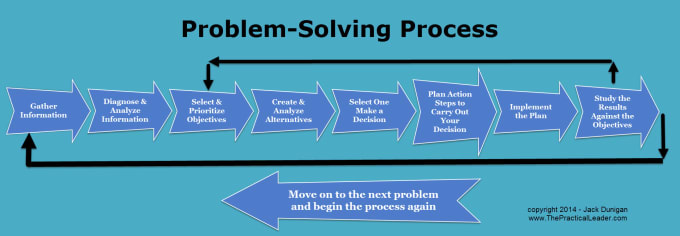
 And sociologist Barry Schwartz, in his book The Paradox of Choice, explained why having too many choices makes decisions difficult and leads to feelings of dissatisfaction. nine0003
And sociologist Barry Schwartz, in his book The Paradox of Choice, explained why having too many choices makes decisions difficult and leads to feelings of dissatisfaction. nine0003 How we make decisions

What are difficult problems

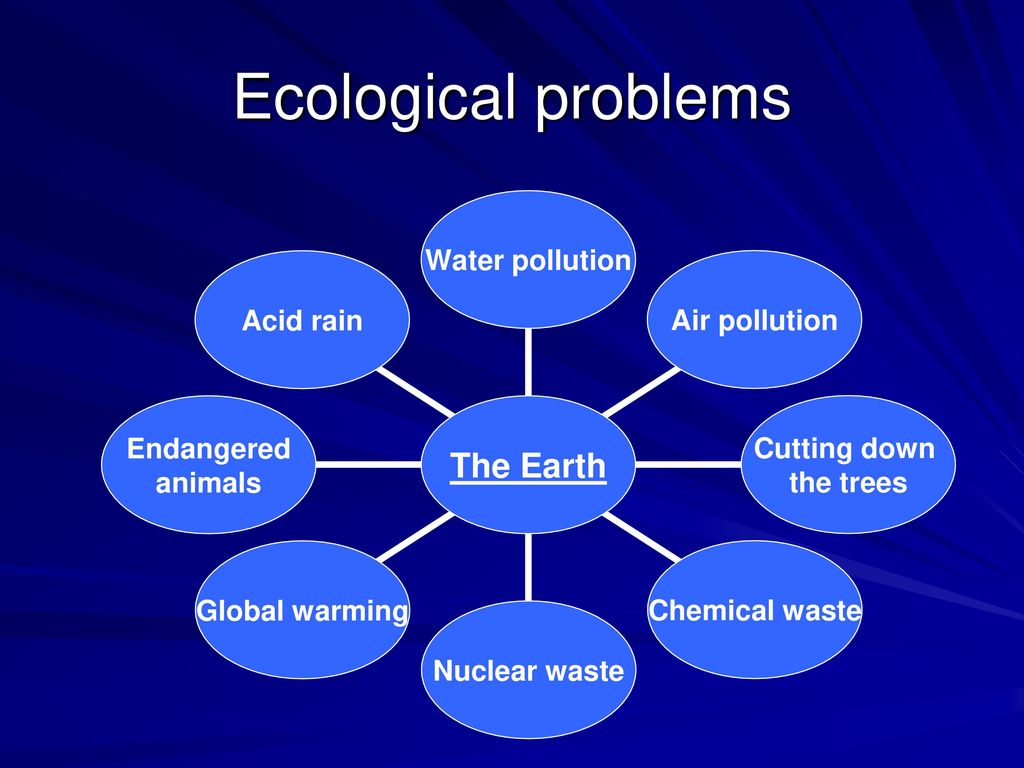 nine0003
nine0003 How a holistic approach helps solve problems
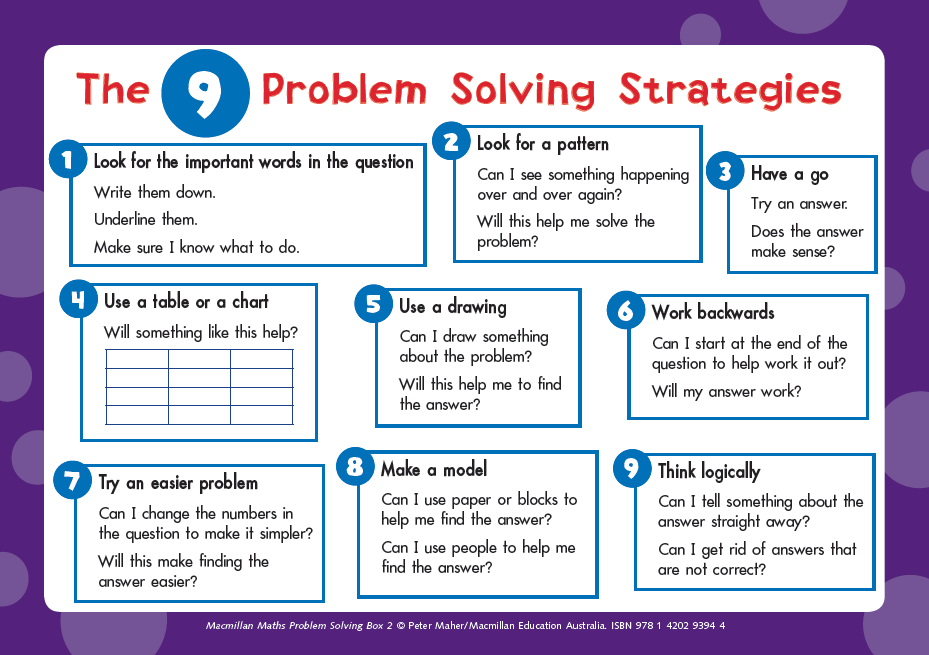 Such a world becomes a stressful background for all people and brings to the fore personal characteristics that either help or hinder solving complex problems. nine0003
Such a world becomes a stressful background for all people and brings to the fore personal characteristics that either help or hinder solving complex problems. nine0003 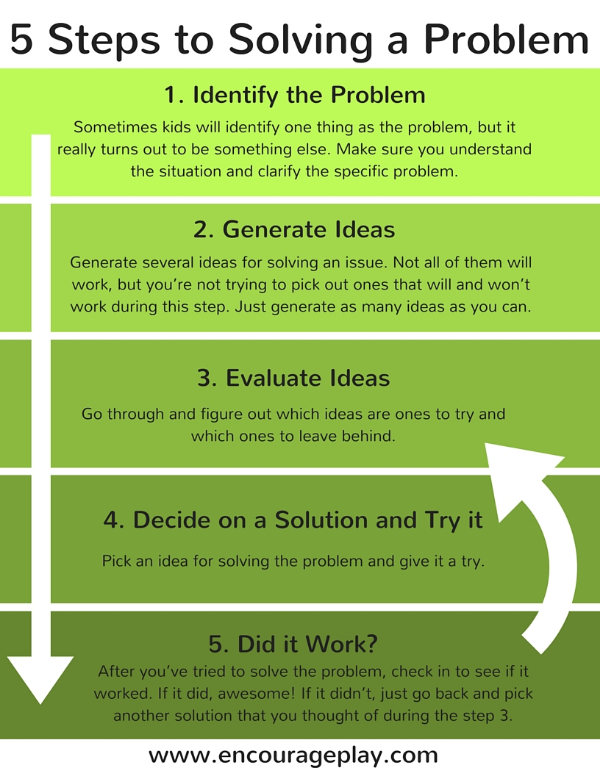 Now he manages "portfolios" of projects, solves transformational problems and increases the value of the business as a whole. This requires a long-term vision, the ability to negotiate and solve complex problems.
Now he manages "portfolios" of projects, solves transformational problems and increases the value of the business as a whole. This requires a long-term vision, the ability to negotiate and solve complex problems. How to learn to solve problems

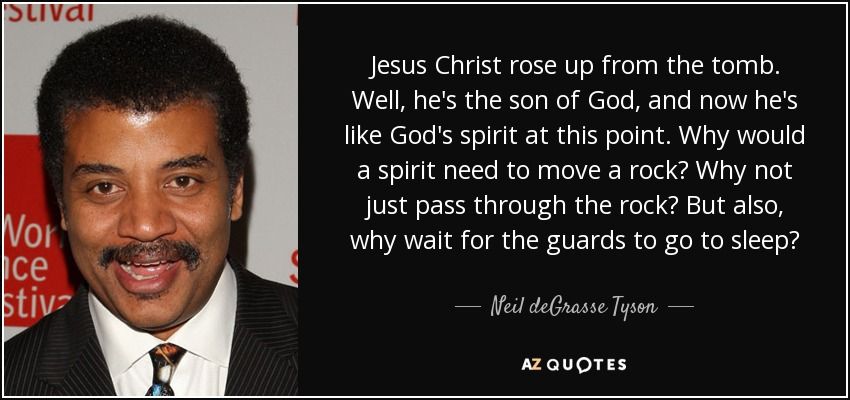 Errors in decisions cannot be completely eliminated, but with each subsequent problem you can improve your skills and achieve better results.
Errors in decisions cannot be completely eliminated, but with each subsequent problem you can improve your skills and achieve better results. A dozen tips for developing problem-solving and decision-making skills
 Look for "causes of causes" of existing events. Usually the real problem is two to three layers deeper than the problems on the surface.
Look for "causes of causes" of existing events. Usually the real problem is two to three layers deeper than the problems on the surface. 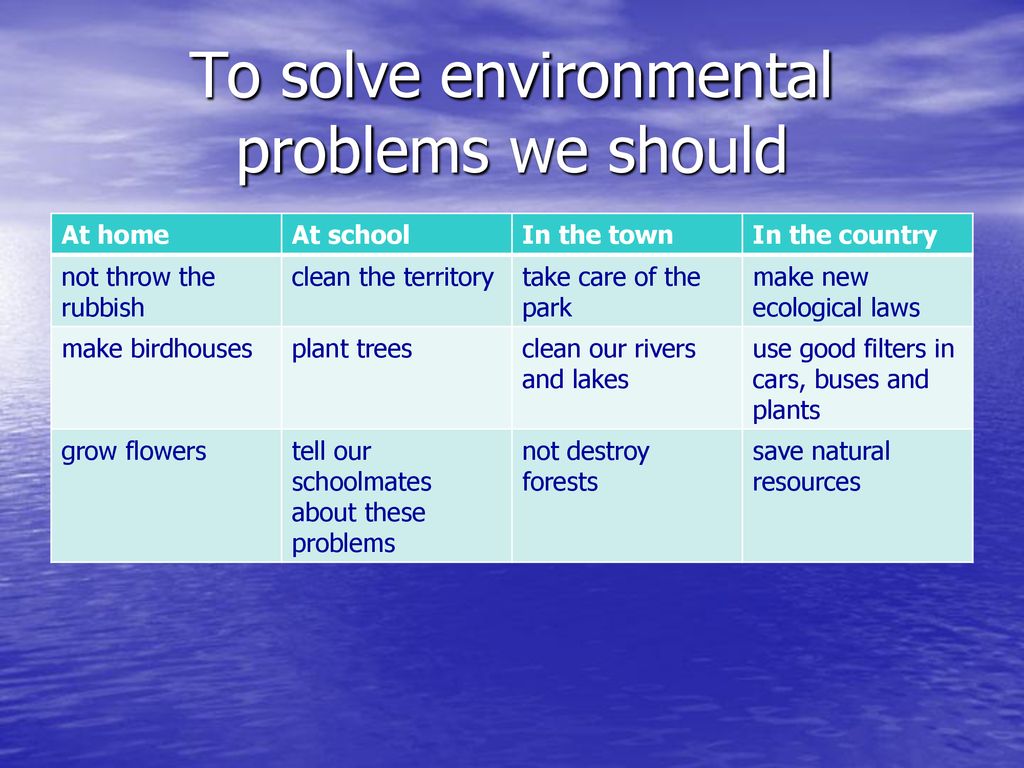 Try as soon as possible to apply one or another approach to build your own toolkit.
Try as soon as possible to apply one or another approach to build your own toolkit.

RBC PRO: a ready-made algorithm for solving problems of any complexity
 This may be the lack of a ready-made solution, the unsatisfactory state of current affairs, a lack of understanding of achieving one's goal. Problems are part of our daily life. Obstacles surround us everywhere. But there is good news: there are no hopeless situations. There are always at least three strategies:
This may be the lack of a ready-made solution, the unsatisfactory state of current affairs, a lack of understanding of achieving one's goal. Problems are part of our daily life. Obstacles surround us everywhere. But there is good news: there are no hopeless situations. There are always at least three strategies:
Step No. 1 Identifying the problem
 Set a goal for yourself. It sounds trite, but in real life this step is often ignored. “Why waste time formulating a problem when the problem needs to be solved?” many argue. And in vain. Often we decide what is not clear. No wonder they say: "A clearly formulated problem is already half solved."
Set a goal for yourself. It sounds trite, but in real life this step is often ignored. “Why waste time formulating a problem when the problem needs to be solved?” many argue. And in vain. Often we decide what is not clear. No wonder they say: "A clearly formulated problem is already half solved." Step 2 - Situation Analysis
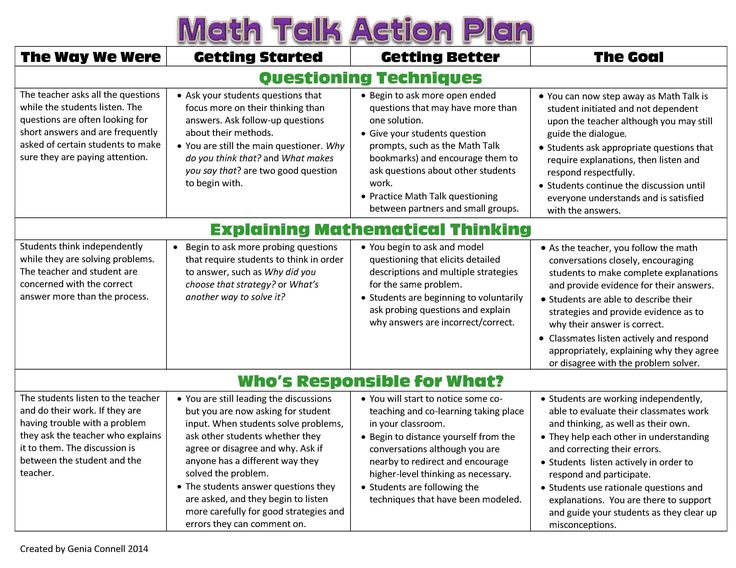
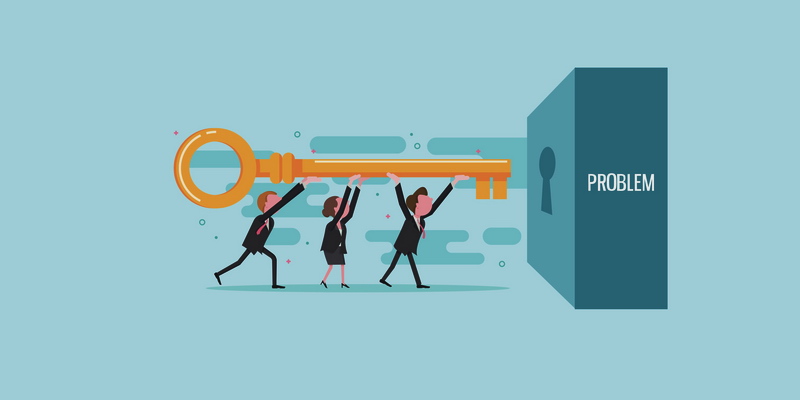 The matrix consists of four quadrants based on two axes:
The matrix consists of four quadrants based on two axes:
Step 3 - Develop options for action
 What if not the simplest solution can save time, resources and nerves? My practice suggests that it is worth choosing not the simplest, but the most rational and reasonable solutions. Remember: “There are no urgent ideal solutions!”. nine0003
What if not the simplest solution can save time, resources and nerves? My practice suggests that it is worth choosing not the simplest, but the most rational and reasonable solutions. Remember: “There are no urgent ideal solutions!”. nine0003 Step 4 - Choice of course of action
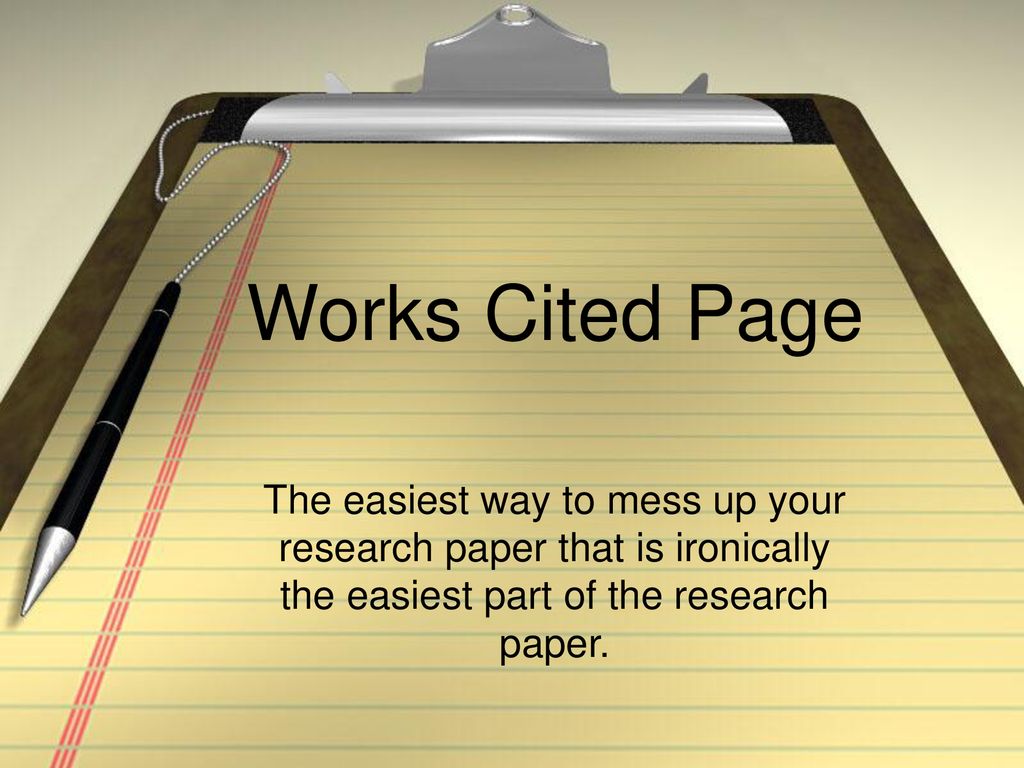 " nine0003
" nine0003
Step 5 - Develop an action plan
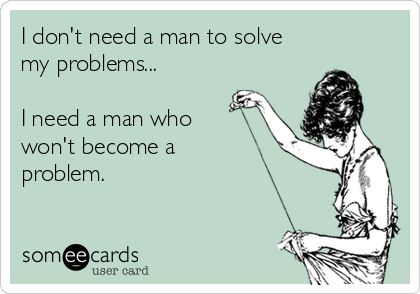 Make specific step-by-step instructions for action, leaving room for maneuver. There is also the sixth, unspoken, point of this algorithm - the implementation of the plan itself. This will require patience and discipline. In my practice, I have seen many tacticians and strategists who could solve specific business problems only in theory, creating complex forecasts and rating systems, appealing to various benchmarks and statistics. Man who is really
Make specific step-by-step instructions for action, leaving room for maneuver. There is also the sixth, unspoken, point of this algorithm - the implementation of the plan itself. This will require patience and discipline. In my practice, I have seen many tacticians and strategists who could solve specific business problems only in theory, creating complex forecasts and rating systems, appealing to various benchmarks and statistics. Man who is really
solves problems - not a theorist. He is a practitioner. He takes and starts doing. After all, any idea requires
concrete implementation. A bit of philosophy for the finale
